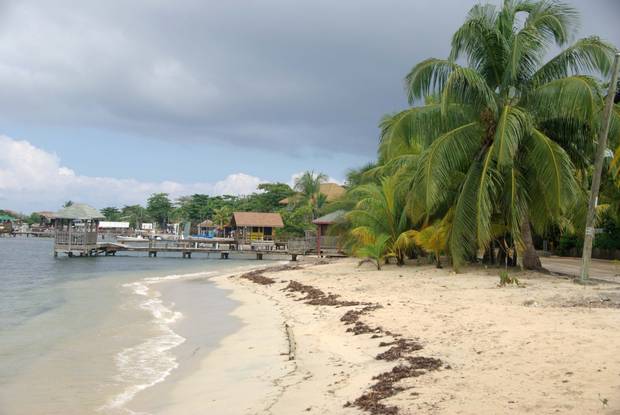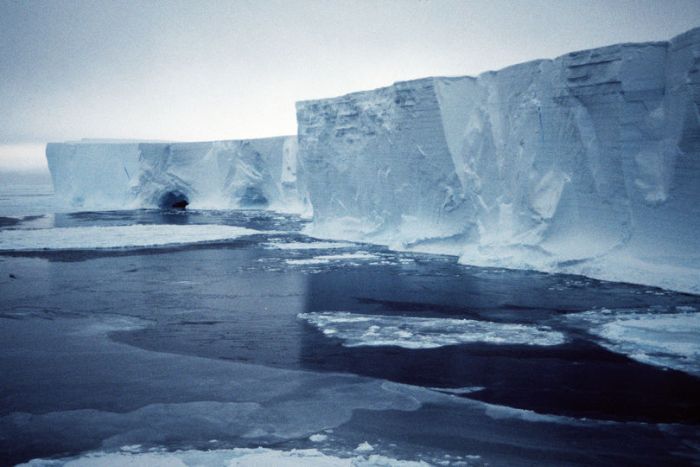With over 500 miles of glistening Caribbean coastline, its close proximity to the Mesoamerican barrier reef system and crystal clear waters, Honduras gives even the best snorkel spots of Belize and the Riviera Maya a run for their money.
Although you can find many amazing snorkel sites just off the coast of the main island, the truly spectacular underwater worlds are found around the Bay Islands. Roatan, Utila and Guanaja are each surrounded by a ring of vibrant coral and a stunning array of bright, tropical fish. Scuba divers and avid snorkelers flock to the waters of Honduras, and call the Honduran Bay Islands one of the prime snorkel locations in the hemisphere.
Punta Sal National Park
Easily found on the western side of Tela, is the eco friendly Punta Sal National Park. Accessible by boat, this secluded bay is the epitome of a Caribbean paradise. With its white sands, fantastic wildlife and crystal clear water, this is the ideal place to spend a morning snorkel adventure. Simply stroll into the turquoise waves off the beach of Puerto Escondido, and enter the colourful underwater world of Punta Sal National Park.
Here you’ll not only find a stunning array or coral and interesting marine plant species, but you will also be greeted by a school of parrot fish, angelfish and even a dolphin or two!
Mary’s Place
This is one of the most popular sites in all of Honduras. Any divers or snorkelers visiting Roatan consider Mary’s Place an absolute must for a unique underwater experience. Located on the south side of the island, close to the town of Coxen Hole, this one of a kind snorkel site completely revolves around a gigantic crevice. Hidden in the depths of the ravine you can find octopi, crabs and even lobsters.
However, brave sea turtles, spotted eagle rays and friendly little groupers will pop up to the surface to say hello. If you’re lucky, you may even spot a few seahorses hopping between the rocks, or a red starfish relaxing on the sand below. With haunting black coral trees and unforgettable giant sea fans, there’s definitely no shortage of life in this unusual site.
Cayos Cochinos
When people talk about Cayos, the first thing that springs to mind is a vibrant collection of tiny coral islands, sitting in shimmering turquoise water. These islands belong to the second largest barrier reef in the world, and are an archipelago of thirteen coral cays and two beautiful volcanic islands.
Cayos Grande is the biggest of the volcanic islands, and is the only one where tourists are allowed to snorkel. You can access this snorkel paradise by boat, but as it’s classed as a biological marine reserve, you will need to take an official boat out to the island. The waters of Cayos Cochinos are teeming with exiting sea life, such as banded butterfly fish, queen conches, sea cucumbers, jellyfish, anemones and even barracuda. It does cost a few Honduran Lempira to enter this bio reserve, but the sights are definitely worth it!
Chepes Beach
This is one of the more unknown snorkel sites in Honduras. Chepes Beach is located on the coastline of Utila, and is a budget snorkelers dream. Food, accommodation and equipment rental on this island are all extremely cheap and great quality.
Amazing shallow sand flats and patch reefs can be found just a few meters from the shore, and a little further out you will find the edge of the drop-off. Here you can see some outstanding sea life! Turtles, yellow stingrays, spotted trunkfish and dolphins all call this area home. You may even have the chance to swim alongside a gigantic whale shark while exploring the waters of Chepes Beach.
Texas
This site is not one for the faint hearted! Texas, found on the most western tip of Roatan, is home to the amazing hammerhead shark. Due to its location, there is a constant supply of food brought in by the current, so schools of snappers, jacks, tangs and hammerheads are brought in daily.
Due to a huge 100 foot drop-off, there are also vast caves are dark crevices to explore. In the shadows, octopi, giant sponges, nurse sharks and lionfish hide away from the bright Caribbean sun.









